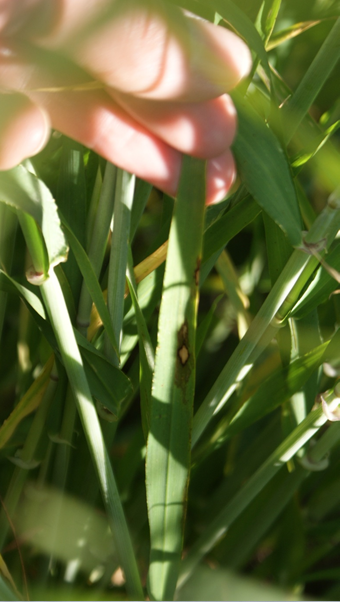Spring Barley: Disease risk – May 2020
13 May 2020The very dry conditions are not suiting spring barley germination and there are some slow to emerge and uneven fields.
The very small upside is that the disease risk is reduced in dry weather, so there is some potential to save in T1 sprays and save the bulk of the fungicide spend to the T2 timing. This obviously needs careful consideration of the overall risk – so a site with lots of rhynchosporium every year or a weak variety might not be suited. The risk also increases if it stays wet just after the T1 timing. But if dry conditions continue and you have a more resistant variety like Laureate then cutting back or dropping the T1 is an option.
In contrast to the winter crop where the responsive fungicide timing is T1, in spring barley the balance is less weighted to that early spray and with more resistant varieties now in play there is scope to trim T1 inputs which in the spring crop are aimed at late tillering to GS30.
SRUC Crop Trials over three seasons have shown that only for weaker varieties at sites where wet weather follows the T1 timing is there any additional yield response to a T1 spray over and above a T2 spray. That’s easy to risk in a trial situation, and obviously the weather post T1 is unpredictable, but it does point to the potential of reducing T1 inputs in low-risk scenarios. If crops are within scope for chlorothalonil use at T1 (i.e. it is before 20th May) and there is any left in-store to use, then that would be one low-cost early option.
For the T2 timing ramularia is the main risk. Seek guidance from your local agricultural advisor or agronomist for the best treatment options in your area.
Sign up to the FAS newsletter
Receive updates on news, events and publications from Scotland’s Farm Advisory Service

